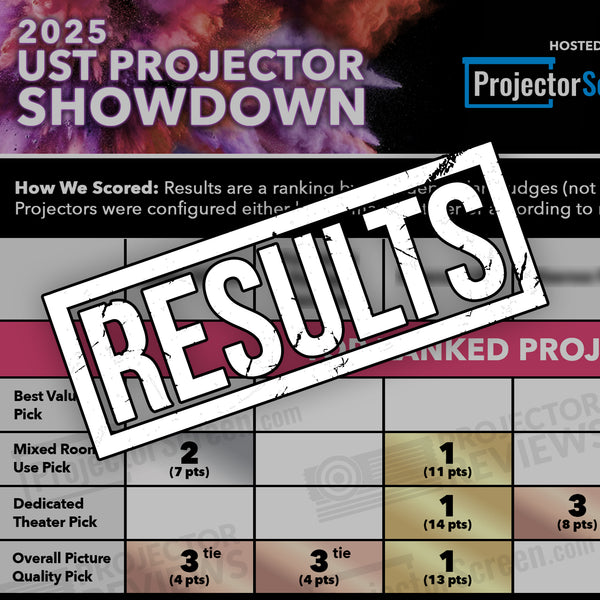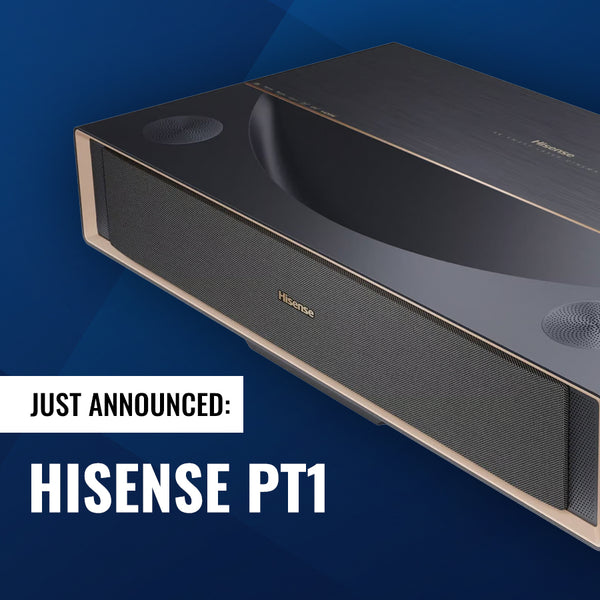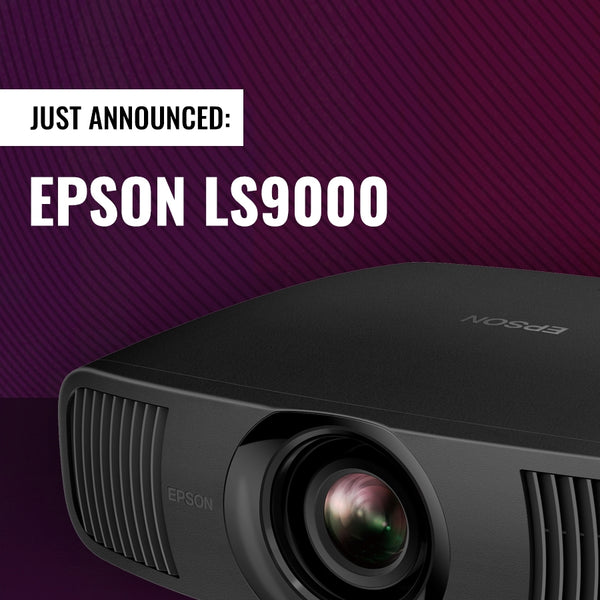How does a DLP projector work?
A DLP™ projector is a projector that utilizes a DLP chipset to produce the image you see on your projector screen. The DLP chip was developed in 1987 by Larry Hornbeck of Texas Instruments. The first DLP projector to use this technology was so impressive that it won an Emmy Award in 1998. Today, DLP projectors are one of the most popular types of projectors you'd see on the market today. Around 85% of video projectors are DLP projectors.
But you probably want to know, how do DLP projectors work?
At the heart of any DLP projector is the DMD™ chip.

The DMD™ Chip
The DMD™ device is a small silicone chip, created by Texas Instruments, that consists of hundreds of thousands to millions of tiny mirrors.

Each mirror has a reflective aluminum surface and are just a few microns wide. That's about the size of a red blood cell.

Each tiny mirror represents one spot, or pixel, of the image. All of these pixels, when combined horizontally and vertically, make up the entire image. The more mirrors you have on your DMD™ chip the higher the resolution of the image will be.
How DMD™ Chips Work To Create The Projected Image
By electrostatically switching the mirror position can be tilted in two directions designated as "on" and "off" positions. Because the scale is so small they can do this at thousands of times per second.
To make this possible a binary data signal is sent into a memory cell below each mirror that activates electrodes that control whether the mirror is switched to an on position or an off position.

The Image is created by the light hitting the mirrors in the on position. This would create a white pixel on the screen while the lack of light hitting the mirrors in the off position would create a black pixel. The light reflected by the mirrors in the off position hits a heat sink within the projector that absorbs the light.


Shades of gray are created by reflecting the light off the the mirror for shorter or longer lengths of time. Multiple switching from black to white provides shades of gray on the screen.

When you combine the thousands of mirrors in the on position you get an image on the chip.

The light from the lamp reflects off the tiny mirrors and through a lens to focus them onto the screen creating the image you see.

How DLP Projectors Create Colored Images
So now we have a grayscale video, but the image you see on the screen has colors. How does the DLP projector get its colors?
The secret to getting colors depends on the light source.
Bulb based DLP projectors use a lamp that radiates white light. The light from the lamp is first focused through a condensing lens.
Now white light itself can’t create a full color picture, so there has to be a way of splitting that light into the individual colors red, green and blue that make up white light.
DLP™ light engines achieve this by passing the light through a spinning color wheel. The color wheel is simply a red, green and blue filter that spins in front of the lamp to create the primary colors, one after another.

We now have red, green and blue light.
LED And Laser DLP Projectors
LED and Laser projectors can also use DLP chips to create the image. Instead of using white light, these projector images are powered by colored lights that skip the color wheel entirely in the case of LED and triple laser projectors, or use a single blue laser that is run through a yellow phosphor wheel to create the white light that is then shone through the color wheel.
Regardless of the lamp, the light is then directed to the mirrors on the DMD™ chip.
So how does it make a colored image?
Let’s take that first bit of light that arrives at the DMD™ chip after it passes through the color wheel: blue light. At the time the blue light strikes the chip, all of the mirrors that correspond to where blue should appear within the image will turn “on”. When the pixel is turned “on”, it directs the light out of the lens and to your screen. For the places that contain no blue, or no color that is comprised of blue, the mirror is turned “off” and the light is then directed away from the lens and to a light collection space within the projector.

The DMD™ chip then does the same for the next two colors of light that hit it (red and green, respectively) in sequence, thereby making up an entire colored image. You'll typically see 4 segment color wheels with a RGB and white (clear) segment or 6 segment RGBRGB color wheels. Some color wheels include a yellow, cyan or magenta segment in addition to the RGB segments.

The color wheel spins and the mirrors tilt so quickly that we typically can't perceive the changing sequence.
The Rainbow Effect
There are a few people out there who are able to see the changing color sequence. This is called the rainbow effect. Better made DLP projectors have taken great strides to reduce the rainbow effect. For those people more susceptible to seeing the rainbow effect we recommend getting a LCD projector.
Creating Shades Of Color
So how does the DLP projector create shades of colors that are not pure red, green or blue, and how does it create an image if the red, green and blue are not shown at the same time?
It all has to do with timing. The DMD™ displays shades of red by varying the time it keeps red on the screen. The shorter the time on the screen, the less the eye is able to detect the color, resulting in a lighter shade.
It creates colors and whites the same way. To create the whites you see on screen the projector displays all three primary colors, one after another for the same time period. If you wish to display a shade of gray, then each color is produced for a shorter time period.
To produce colors, the DMD™ will vary the amount of time each color is on the screen to produce different colors at different shades. For example to make a yellow pixel red and green light are shined on the mirror for an equal amount of time.

By making color and shades this way a DLP projection system can display over a billion different colors!
That's How DLP Projectors Work
Now you pretty much understand how DLP projectors work to give you ultra high resolution 4K images with sharp details and vivid colors.
You can shop the best DLP projectors here at ProjectorScreen.com.
Or if you need help picking the right projector feel free to give us a call at 888-392-4814 and talk to one of our projection experts.
$$PRODUCTDISPLAY50539$$
Special thanks to Texas Instruments for the animated gifs.








